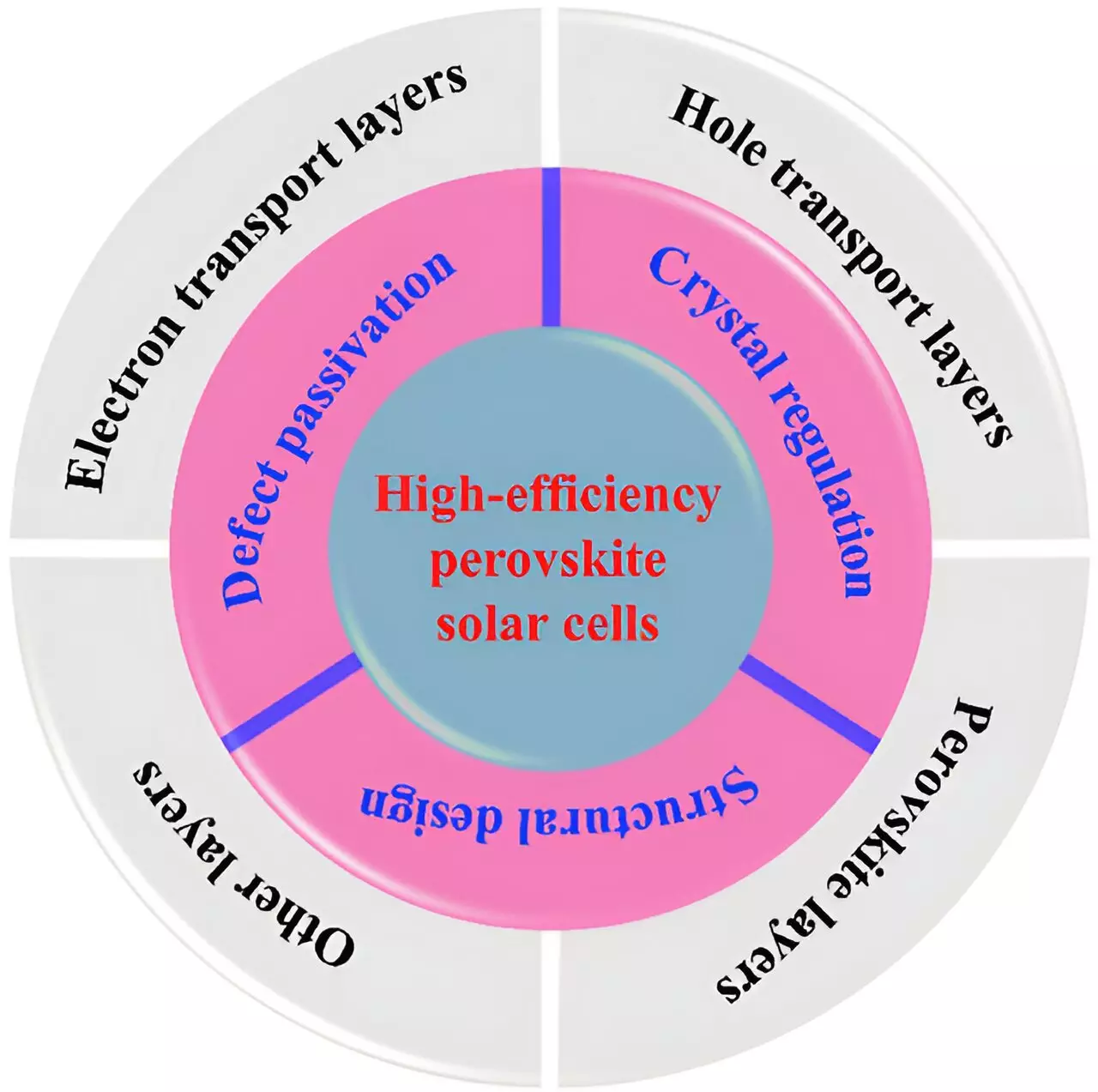The current generation of commercial solar panels can only convert around 15% to 20% of absorbed sunlight into electrical energy. This efficiency, although significant, pales in comparison to the potential of high-efficiency perovskite solar cells. Researchers at Soochow University have already achieved an impressive 26.1% efficiency with the next generation of solar cells. However, in order to make such efficiency the standard and push beyond it, more specific research directions are required.
Metal halide perovskite solar cells are a novel type of high-performance solar cell that holds promise for revolutionizing the solar energy industry. These cells use a calcium titanium oxide-like organic material as a light-absorbing semiconductor to capture sunlight and convert it into energy. Perovskite solar cells offer high efficiency, low cost, flexibility, and scalability, making them ideal for future solar energy applications.
While perovskite solar cells have shown great potential, only a few research teams have managed to achieve efficiency levels of 25% or higher. To overcome this challenge, researchers like Fengren Cao have been focused on improving crystal regulation, interface passivation, and the structural design of component layers in perovskite solar cells. These strategies aim to address the main causes of low efficiency, such as defects in the preparation process and an unsuitable band structure.
Read More: Women Gain Greater Long-term Health Benefits from Physical Activity Compared to Men
In addition to improving the efficiency of perovskite solar cells, researchers are looking into the possibility of combining different types of solar cells to create “tandem solar cells.” These tandem cells could work together to surpass the efficiency limits of individual solar cell types. Furthermore, optimizing fabrication methods for larger components is crucial to achieving the same efficiencies seen in smaller areas. With ongoing research and development, perovskite solar cells hold the promise of being commercialized and industrialized in the near future.
High-efficiency perovskite solar cells represent a groundbreaking advancement in solar technology. With their high efficiency, low cost, flexibility, and scalability, perovskite solar cells have the potential to reshape the future of solar energy. By addressing challenges and implementing effective strategies, researchers are paving the way for the widespread adoption of perovskite solar cells in commercial and industrial applications. The future of solar energy looks bright with the promising potential of perovskite solar technology.


Leave a Reply